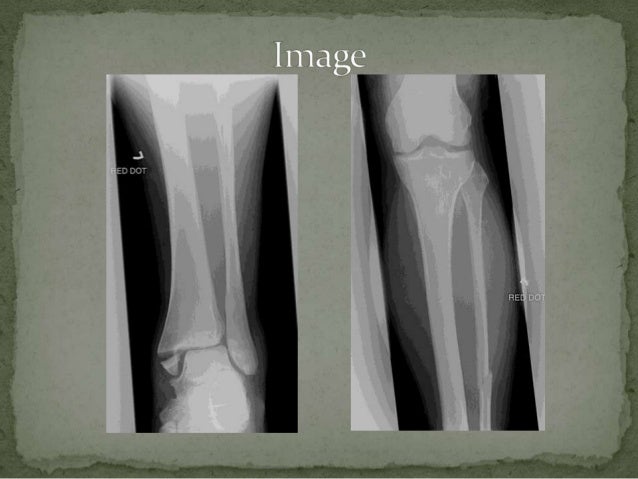

The key structure that needs to be kept in place is the syndesmosis (the ligament that connects the tibia). However, fibula fractures around the knee do not require surgical fixation. When repairing a Maisonneuve ankle fracture, the medial side (medial) is repaired, the syndesmosis is repaired. However, the typical treatment for Maisonneuve fractures is surgery to restore stability to the ankle. Surgery is the standard of care for Maisonneuve fractures, but nonsurgical treatment may be considered in some patients with nondisplaced fractures or ankles, or in patients who do not respond well to surgery (elderly or ill). READ ALSO: Prevent hip replacement dislocation Instability becomes apparent when forces are placed on the ankle joint. To make a diagnosis, your healthcare provider may need to get special X-rays that put pressure on the ankle joint. A normal x-ray of the ankle joint may not clearly show this ligament injury. This ligament injury can lead to ankle instability that requires treatment. This injury is difficult to detect as there are often minor fractures below the knee joint, but there is significant damage to the ligaments all the way to the ankle. The energy of the injury travels through the ankle ligaments adjacent to the leg bone (the syndesmotic ligament) and through the fibula. When this injury is forceful, it overcomes the strength of the bones and ligaments. Most of the time, the foot hits the ground and the extremity rotates inward, causing compression of the bones and ligaments. Maisonneuve fractures occur as a result of rotational injuries to the ankle joint.
#Maisonneuve fracture skin#
The skin should be examined for signs of fractures, blisters and other severe soft tissue damage. In some patients, there is severe soft tissue damage that can complicate treatment. The patient will have an X-ray to determine the pattern of damage, and a knee X-ray if there is concern that the injury is a Maisonneuve fracture.

tenderness around the outside of the knee (proximal to the fibula).Pain and swelling on the inner side of the ankle (around the inner malleolus).This can be a sports injury or a fall while performing normal activities. First, understand the mechanism of the injury, because patients with Maisonneuve fractures often twist the ankle outward very forcefully. There are several important signs to look for that may indicate that the ankle injury may be a Maisonneuve fracture. If not properly diagnosed, long-term problems with the ankle joint can occur, including early ankle arthritis. While this is an uncommon ankle fracture, it’s important because it appears to be a less serious injury if not looked closely. Maisonneuve’s name is still used to describe this specific injury pattern. Dupuytren, another French surgeon who described the disease with an important orthopaedic synonym. Maisonneuve (pronounced MAY-son-OU-ve) describes this injury pattern and its association with injuries that result in strong external rotation of the ankle. The Maisonneuve fracture is named after a French surgeon named Jules Germain Maisonneuve. Fractures are important because treatment almost always requires surgery, and without careful examination of the ankle (and knee), there is a risk of misdiagnosing the injury. It allows the website owner to implement or change the website's content in real-time.A Maisonneuve fracture is a specific type of ankle fracture that occurs when the ankle is twisted outward with force (external rotation). This cookie is used by the website's WordPress theme. It works only in coordination with the primary cookie. Records the default button state of the corresponding category & the status of CCPA. Set by the GDPR Cookie Consent plugin, this cookie is used to store the user consent for cookies in the category "Others". Set by the GDPR Cookie Consent plugin, this cookie is used to record the user consent for the cookies in the "Necessary" category. Set by the GDPR Cookie Consent plugin, this cookie is used to record the user consent for the cookies in the "Analytics" category. These cookies provide basic functionalities and security features of the website anonymously. Necessary cookies are absolutely necessary for the website to function properly.


 0 kommentar(er)
0 kommentar(er)
